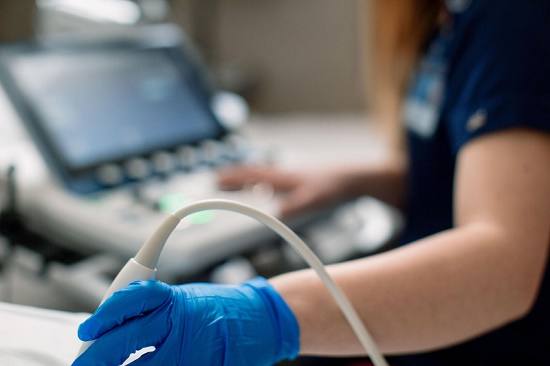-
cardiovascular

The study is published in iScience.
Echocardiograms are one of the most common ways to measure heart function, allowing doctors to screen for heart problems or detect pre-existing heart disease, such as myocarditis or inflammation of the heart muscle often caused by viral infections. can be used to monitor patients suffering from This test shows how blood moves through the chambers and valves of the heart. Cardiac strain is a measurement of how well the heart muscle is working. When muscles become inflamed, they can become stiff. It is especially important to know the function of the left ventricle, which has the most muscle and is the most active chamber in the heart.
Myocarditis occurs most often in men younger than 50 years, especially between the ages of 16 and 30. Researchers say women are most at risk of developing the condition after age 50 or after menopause.
This data allowed the researchers to predict which mice were most likely to suffer from heart failure. Heart failure also occurs more frequently in men.
Researchers analyzed various echocardiographic imaging techniques for measuring heart function and found that more traditional techniques have limitations and provide a complete picture of how the heart changes during the disease process. It turns out that only a small part is shown.

“Cardiac strain can also be used to assess patients for changes in heart function in the early stages of the disease, meaning doctors can treat early to reduce long-term irreversible heart damage. ” says Dr. Fairweather.
Dr. Fairweather’s body of work on myocarditis includes a recent paper published in the journal Small, in which he examines blood platelets isolated from healthy human platelets used in a mouse model of viral myocarditis. found that extracellular vesicles reduced inflammation and improved heart function. Dr. Fairweather says this preclinical research will pave the way for future human clinical trials. The researchers say their studies on cardiac strain demonstrate important differences in heart function between male and female mice with myocarditis, consistent with what is seen clinically in patients. .
The research team’s next step is to use these techniques when testing new treatments for myocarditis in preclinical animal models.
This research was supported by the National Institutes of Health (NIH), American Heart Association, and Mayo Clinic Center for Regenerative Biotherapy under grant R01 HL164520. See the article for a complete list of authors, disclosures, and funders.


